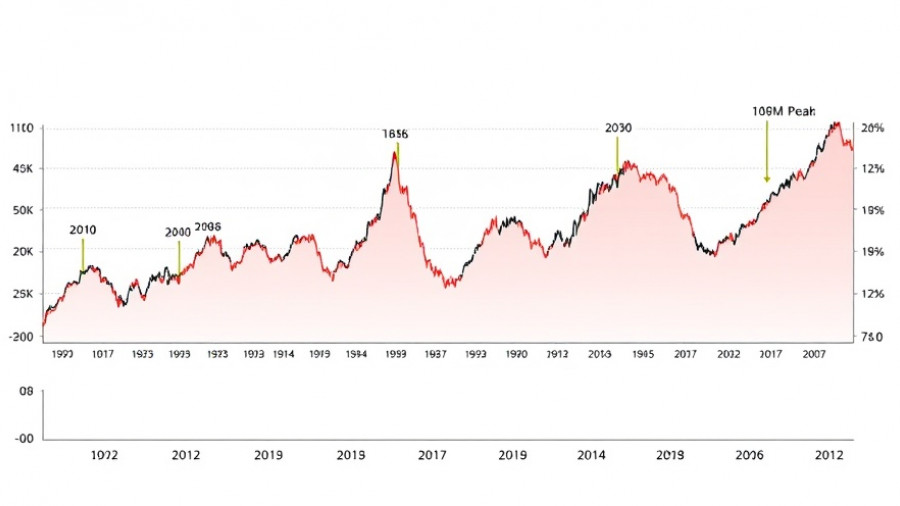
Is Now a Good Time to Invest? A Broader Perspective
Amid rising concerns about economic stability—from Trump's tariffs to fears of an AI-driven stock market bubble—many are contemplating whether now is the right moment to dive into investments. Let's step back and assess the landscape from a broader viewpoint.
Historical Resilience of Markets
For long-term investors, history has shown that market fluctuations often precede positive growth. Over 125 years, global stock markets have consistently trended upwards, yielding an average real return of 6% per year, despite numerous economic upheavals—including major crises like the 1973-74 Oil Crisis and more recent downturns during the COVID-19 pandemic. This historical resilience suggests that remaining passive in today's market could result in missed opportunities.
The Constant State of Market Turbulence
Even throughout the post-Global Financial Crisis years—marked by threats such as the EU debt crisis, the Taper Tantrum, and various geopolitical tensions—equities have triumphed. From 2010 to 2025, world equities surged by 251%, driven by investors' unwavering commitment despite the chaos surrounding them. In fact, the average real return for this period was almost 9% annually. Such data invites us to reconsider any inclination to stay on the sidelines today.
The Payoff for Perseverance
Investing is a journey marked by both peaks and valleys. Understanding that pain—and the corresponding risk—is crucial to realizing financial gains is part of being a successful investor. When markets face turbulence, it's often those who endure who see the best returns in the long-run. Thus, it may not just be about timing, but far more about patience and resilience.
Final Thoughts: Holding Steadfast
In conclusion, whether now is a good time to invest largely depends on one’s investment horizon and risk tolerance. The constant uncertainty may seem daunting, but historical trends suggest that the market favors those willing to engage with it over the long haul. As we navigate through these uncertain times, a well-considered investment strategy could well set you on a path to prosperity.
If you’re considering entering the investment landscape, remember that engaging in financial markets is not just about momentary gains, but the enduring pursuit of wealth accumulation. Now could very well be the right time to invest wisely.
 Add Row
Add Row  Add
Add 




Write A Comment